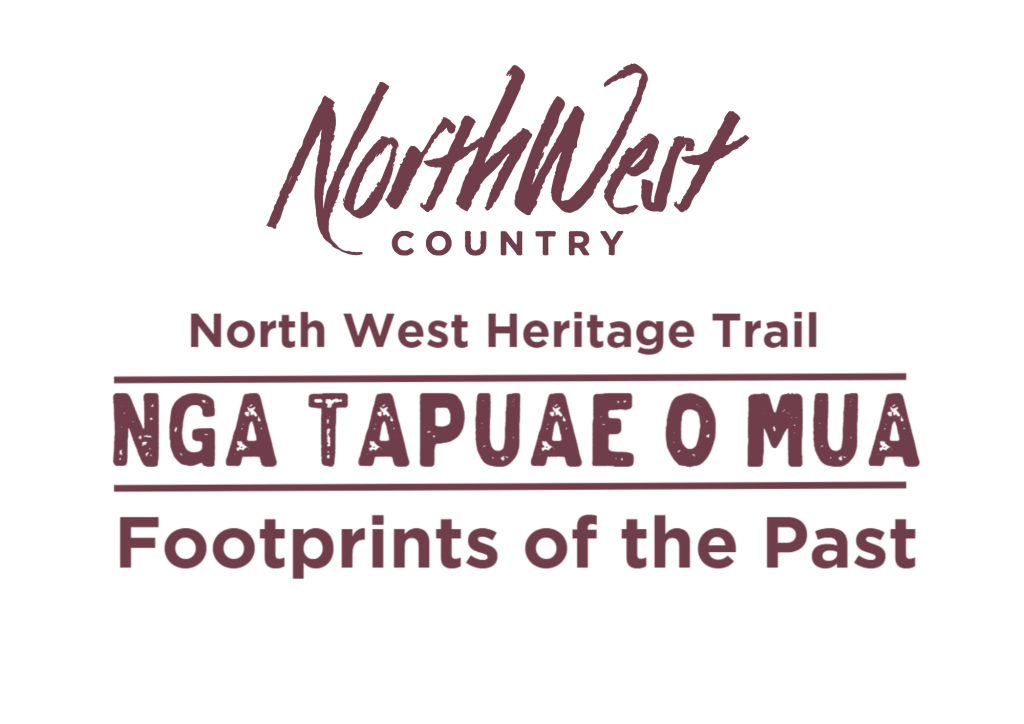
KO NGĀ WHAKANGAHAU
He tini ngā whakangahau o te Māori: Hei whakangahau i ngā tāngata, hei maumahara i te hītori, hei whakanui i ngā pūkenga, i korero paki rātou, i waiata, i haka, i poi, i whakataetae i te nonoke, i te niti, i te rerenga waka, i ngā mahi kē rawa atu. Nā te kupu tuhituhi, nā ngā momo pūoro hōu i whakawhānui i ēnei whakangahau. Pohewatia te miharo i te taenga mai o ngā whakaahua, o ngā kiriata o muri mai
RECREATION
Māori had many recreational pastimes, not the least of which was storytelling and singing to keep their history alive. There were also competitions for wrestling, dart throwing, kite flying and canoe racing, all of which developed needed skills. The arrival of the written word and new types of music broadened those activities and one can only imagine the wonder of photographs and the later arrival of movies.
Ngā Whakangahau – Recreation & Leisure
The human population was small, and food was plentiful during the early years of Māori settlement, so it is possible that there was more leisure time than in later years. Within 200 years of human arrival, moa were extinct and so were some seal populations. Kaipara Māori had ready sources of food, but other Māori had to travel to find food. They had to store food for later consumption. Increasing competition for food often led to war. This all led to a reduction in the time available for leisure.
Mahi (work) was done during daylight hours. At night, especially in winter, people gathered for conversation, stories, and indoor games. Te whare tapere (the house of entertainment) included kōrero pūrākau (storytelling), waiata (songs), haka, poi, music and games. Stories were told as a means of passing on knowledge as well as for entertainment.
Adults and children of both genders took part in ngā hākinakina me nga tākoro (the sports and games) that accompanied most social gatherings. As well as providing entertainment for players and spectators, these games taught tribal traditions and developed skills that were useful in warfare. Children played with toys made from nature including tētere (flax trumpets), toparere (flax leaf gliders) and toy waka (canoe) made from harakeke and raupō.
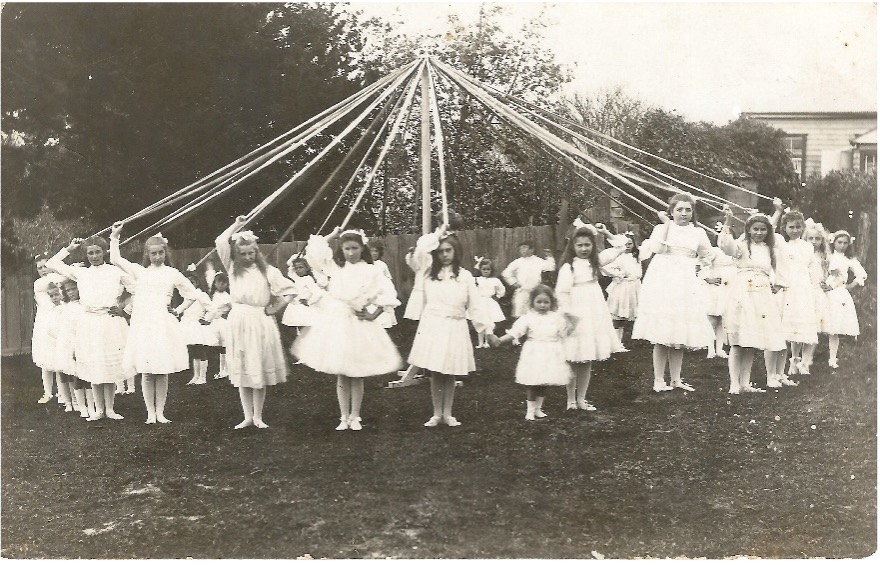
Maypole Dance – courtesy of Helensville Museum
Initially, as the village of Te Awaroa (Helensville) grew, due to European settlement, home, church, school, and business set the scene. As the population increased leisure pursuits began filling the community’s calendar. Music was an early and gentile pastime and soon concerts and balls were keenly anticipated. They served not only as social events but were often used as fundraisers.
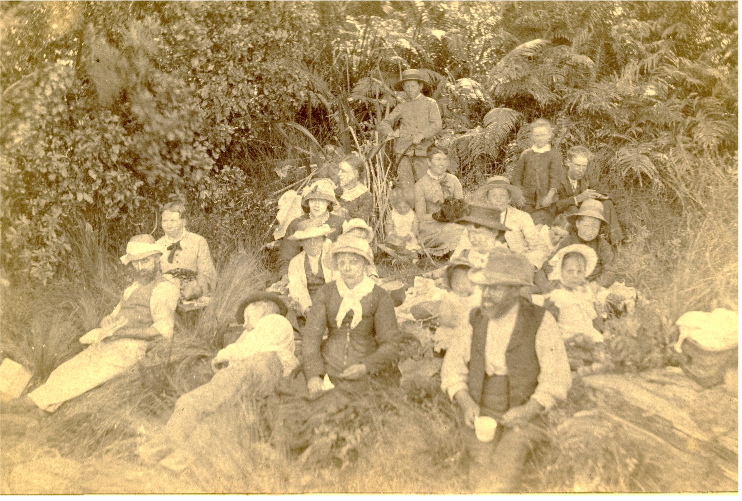
 Shelly Beach Picnic 1885 – courtesy of Helensville Museum
Shelly Beach Picnic 1885 – courtesy of Helensville Museum
Land Court sittings continued to bring many Māori to Te Awaroa. Several of them would have been present at the first recorded Race Meeting in February 1871. There were six races on the programme for blood horses (throughbreds). There were also Māori, consolation, and hack races. European and Māori were keen to bet on their favourites. It was reported in the Auckland Star in 1884 that the Salvation Army endeavoured to form a branch in the village but gave up the task as it was deemed impossible to obtain a footing in what they termed the “Devil’s stronghold”.
The gatherings which took place were as much about socialising as they were exercising and competing. Attendance at gatherings were a way to keep up with the news on village life. Once again, the Kaipara provided for picnics and regattas at Aotea (Shelly Beach). Māori enjoyed swimming but it was quite some time before Europeans cast off their Victorian modesty and took advantage of the sea.
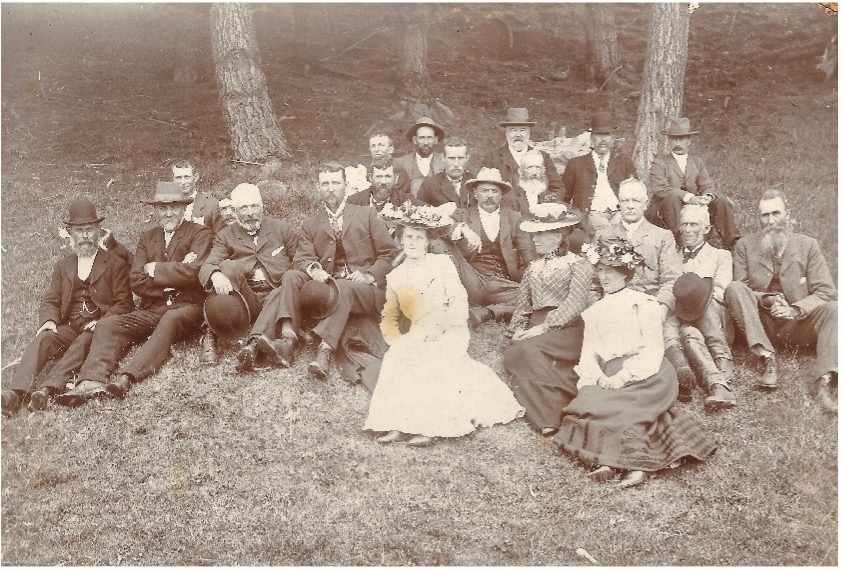
Helensville Agricultural Show Officials 1903 – courtesy of Helensville Museum
The first annual Agricultural Show was held in January 1900 with NZ Railways offering cheap excursion tickets from Auckland. The show was deemed a success. It not only had exhibits for cattle, sheep, horses and produce but boasted the delights of shooting galleries, an orchestra, and a steam merry-go-round. The tradition of the Agricultural and Pastoral Show continues today.
In 1915, Stewart’s Hall was the first theatre to show silent movies. It was later renamed the Lyric Theatre. This was where the first “talkie” was shown, in 1930. The nearby Star Theatre was lost to fire in 1933 and the Lyric followed suit in 1939. New owner, Robert Kerridge (later “Sir Robert Kerridge”), rebuilt the Lyric and this became the Regent. As well as showing movies it was equipped to be used for stage shows, concerts, balls, and dances. One of the most memorable services held there was on 15 August 1945 to celebrate the end of World War Two.
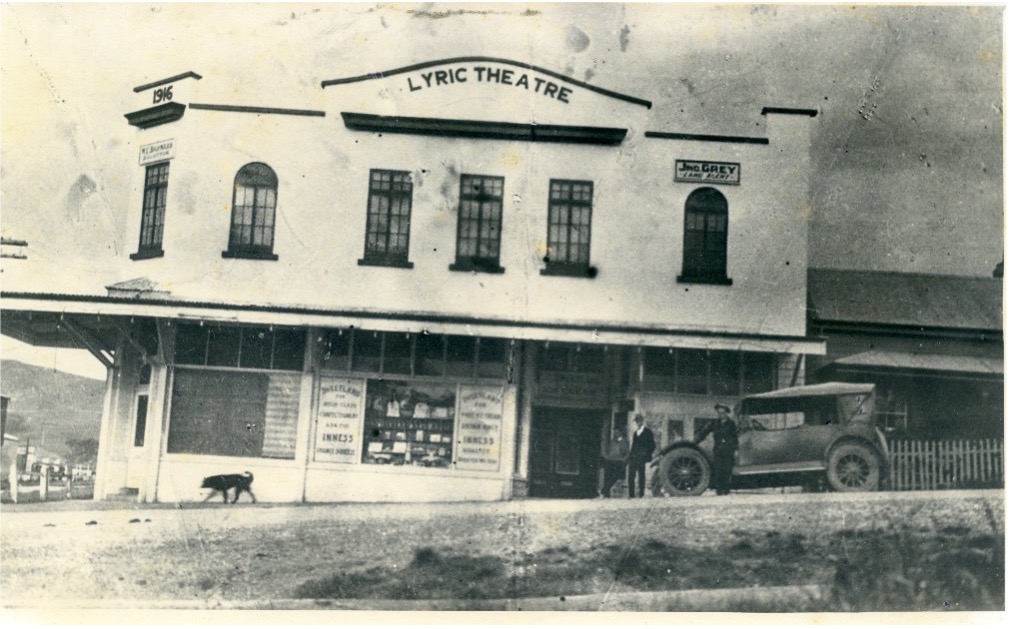
 Lyric Theatre – courtesy of Helensville Museum
Lyric Theatre – courtesy of Helensville Museum
Further reading from Papers Past:
6 March 1880 | Helensville Annual Races
8 September 1883 Air Gun affair
20 January 1900 Show Advertisement (see Railway advert down page)
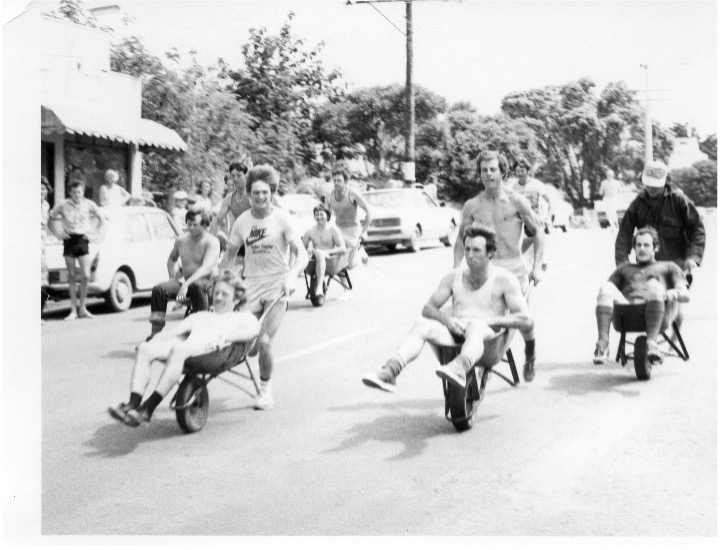
People & Their Stories…
Taheretikitiki
The waka taua (war canoe) Taheretikitiki was built in the Kaipara River around 1883 by Ngāti Whatua carvers under the supervision of Paora Kawharu of Rewiti, Waimauku. The waka was built from a locally felled kauri and was about 16.5 metres long and 1.5 metres at its widest. It was fitted with topsides lashed on and carved tauihu (prow) and kei (stern-post), Taheretikitiki had a striking presence.
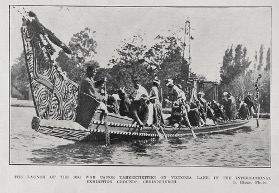
Auckland Libraries Heritage Collections, AWNS-19061115-16-3
In 1886, Sir F D Bell suggested that Paora Tuhaere should be induced to send “home” his fine war canoe, for exhibition at the Māori Court, South Kensington. This didn’t eventuate.
“If this object, decked with its feathers and streamers flying, had floated in the long basin adjoining the New Zealand Fernery, instead of a motley collection of canoes which now occupy it, tens of thousands of visitors would daily have rejoiced in the sight; besides which the addition of a real war canoe, all ready for action, would have rendered the present Māori display at South Kensington complete.” (NZ Herald, 19 August 1886).
Taheretikitiki took part in the Jubilee Celebrations on the Waitematā Harbour in 1890 and in 1892. After spending nine years at Okahu Bay in Tamaki Makaurau (Auckland) the waka was gifted to the Māori King Tawhiao and taken to Mercer in the Waikato. Here, as well as ferrying dignitaries, it took part in an exhibition of paddling at the Mercer Regatta and Aquatic Sports in 1898 which included events such as Canoe Hurdle Races, Tugs-of-War with Canoes, and a Blindfold Canoe Race.
In 1898 it was involved in what was, perhaps, the most sensational boat race seen on the Waitematā in the 19th Century. Brought by train to Tamaki Makaurau in pieces, it was reassembled to take part in a much-advertised race against two British navy cutters, each manned by 12 bluejackets from the HMS Tauranga. The course was over 3,000 yards and all five hapū from the Waikato were equally represented in the elite 53-man crew. The Taheretikitiki got off to a good start and was leading in the early stages, but the helmsman misread the second marker and took the waka hundreds of metres off the true course to another buoy, by which time it had been passed by one of the cutters. In the final leg, all hell broke loose with the captain and stroke caller Hori Te Paki, of Ngāti Whawhakia, urging his men on to a superhuman effort. They caught the Tauranga’s no. 1 crew on the home straight and won by a canoe length to a thunderous ovation. Immediately the crew had finished the race they rushed ashore to give a Haka (war dance) in celebration of their victory.

Taheretikitiki – Credit: Roose Collection, Mercer Art & History Museum (copied, edited by T.Brunt).
In 1906 the Taheretikitiki was still in good enough condition to be taken to Christchurch to perform on Victoria Lake for an International Exhibition. The Canterbury Museum went to some lengths to acquire it for permanent display and urged that King Mahuta hand the waka over. After a further attempt in 1908, this was met with a prompt and firm refusal.
“Mahuta said that he had merely lent the canoe to the Government for exhibition purposes, and naturally expected to have it returned to him. He considered, he said, that as the Government had only borrowed the canoe it should be returned to him in the condition in which it had been received from the Native owners. Canoes were becoming scarcer every year, and the Māori did not care to part with them.” (Star, Christchurch, 24 January 1908)
Upon its return to the Waikato River at Huntly the Taheretikitiki fell into a rapid decline, although there is reference in the Poverty Bay Herald, 9 February 1920 to a proposal that it should be used to meet the Prince of Wales in the Wellington harbour. One of its carved tauihu (prow) has survived and is on display in the Auckland Museum. It is believed that carvings from the stern of Taheretikitiki decorated the wharepuni, miniature meeting house in the model pa of Princess Te Puea, a Waikato chieftainess. (Sun, Auckland, 14 September 1927)
An interview with Rawinia Taitimu at Orakei, in 1933 (aged 95), recalls her memories of Taheretikitiki. Rawinia was the was the widow of Te Hira Pateora. She had seen the landing of Hobson at Orakei 92 years earlier:
…….She fell again to silence, and as she looked ahead, over the little settlement there at Orakei, an overseas steamer passed on its way to distant lands, of which she has never heard. Again she spoke, “In my days there were many canoes out there, but never a canoe like that. The canoe Taheretikitiki, I saw them make. A kauri, a great kauri, grew at Pukeatua, near Waimauku. We cut it down, and the canoe builder hollowed it out with, with…..” but she could not find the words to explain. “From Waimauku across to Pitoitoi, Riverhead, we hauled it with ropes of flax, women, as well as men, for it was very heavy, but it did not crack, which was a good omen. It used to be just out yonder” she said, pointing to an open space in front of her house, “but long since it has gone. And so are the Māori passing.”
Auckland Star, 30 November 1933.
Mary Ellen Keane (née Lowe)
1872 – 1948
Born in Lancashire, Mary Ellen Lowe arrived in New Zealand when she was 7. She and her brother, John, were fostered by the Nairn family who owned Sonoma Boarding House in Auckland. Mary was a keen follower of rugby, and it was through this interest that she met her husband, Tony Keane. They first lived in Aratapu, then during WW1 moved to a dairy farm in Okahu. Mary was very involved in fundraising for the Red Cross war effort and organised many dances which were held in their barn.
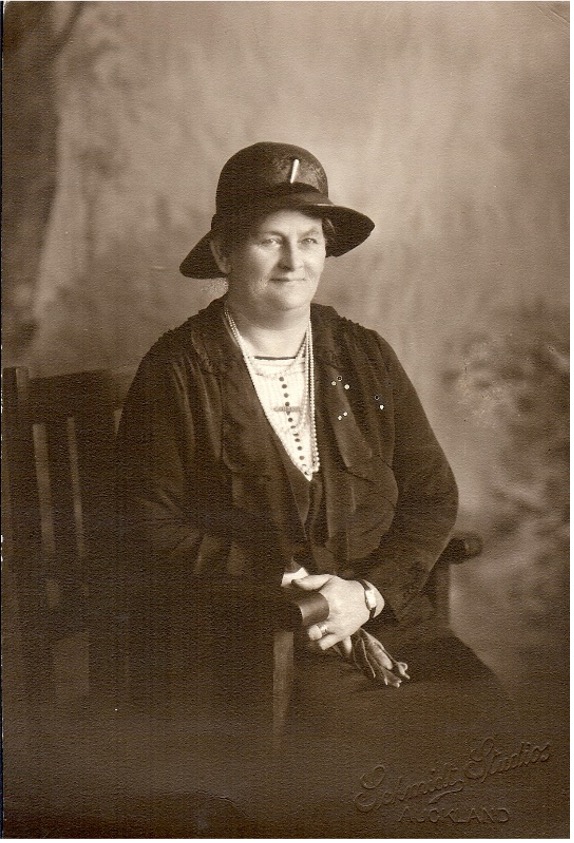
Courtesy of Helensville Museum
Tony’s health was poor and, in 1920, they left farming and purchased Hinemoa House in Parakai. When Tony died in 1923, Mary was left with eight children to raise and a hotel to run, a task she achieved admirably with the help of her daughters, Hazel and Edna. By now Parakai had hot mineral pools, a tennis court, a bowling green, and a swimming club.
Mary was a great supporter of sports. Her sons were regular competitors in the Auckland Swimming carnivals, and she always made the trip to watch them. She loved to watch rugby too and was Patroness of both the Kaipara Rugby Union and the Swimming Club. She was made a Life Member of the Auckland Referees Association, which was a great honour for a woman.

 Hinemoa House – courtesy of Helensville Museum
Hinemoa House – courtesy of Helensville Museum
Mary organised a Fancy-Dress party for the children of the district, every Christmas, where every child received a gift. At New Year she put on a dance for the hotel guests and invited the entire community. Her generosity and support for organisations throughout the community was officially recognised in 1946 when she was presented with a heartfelt citation signed by the major organisations in the community.
